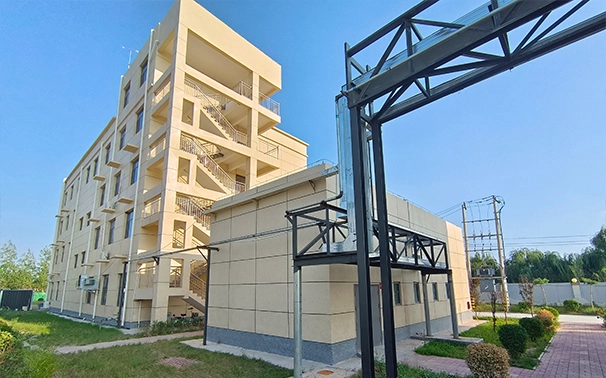Lie . 10, 2024 20:55
Back to list
Enhancing water quality with PAM in the treatment process for improved results
PAM, or polyacrylamide, is a type of water treatment chemical that is commonly used in municipal and industrial water treatment processes. PAM is a synthetic polymer that is water-soluble and has a high molecular weight, making it an effective flocculant and coagulant for treating water.
One of the main benefits of using PAM in water treatment processes is its ability to quickly and efficiently remove suspended solids from water. When PAM is added to water, it forms a sticky gel-like substance that attracts and binds to particles in the water. As the PAM particles grow in size, they become heavier and settle to the bottom of the water, where they can be easily removed through filtration or sedimentation.
In addition to removing suspended solids, PAM is also effective at removing other contaminants from water, such as heavy metals, organic matter, and pathogens. PAM can help to improve the clarity and quality of water, making it safer for human consumption and reducing the risk of waterborne illnesses.
Another benefit of using PAM in water treatment processes is its versatility

pam water treatment. PAM can be used in a variety of water treatment applications, including drinking water treatment, wastewater treatment, and industrial process water treatment. PAM is compatible with a wide range of water treatment chemicals and processes, making it easy to integrate into existing water treatment systems. Despite its many benefits, there are some potential drawbacks to using PAM in water treatment processes. One of the main concerns is the environmental impact of PAM, as it can be toxic to aquatic life if discharged into waterways in high concentrations. To mitigate this risk, it is important to use PAM responsibly and to properly dispose of any excess or unused PAM in accordance with environmental regulations. Overall, PAM is a valuable tool in the field of water treatment, offering a cost-effective and efficient way to remove contaminants from water and improve water quality. By understanding the benefits and potential risks of using PAM, water treatment professionals can make informed decisions about how to best incorporate this versatile chemical into their water treatment processes.

pam water treatment. PAM can be used in a variety of water treatment applications, including drinking water treatment, wastewater treatment, and industrial process water treatment. PAM is compatible with a wide range of water treatment chemicals and processes, making it easy to integrate into existing water treatment systems. Despite its many benefits, there are some potential drawbacks to using PAM in water treatment processes. One of the main concerns is the environmental impact of PAM, as it can be toxic to aquatic life if discharged into waterways in high concentrations. To mitigate this risk, it is important to use PAM responsibly and to properly dispose of any excess or unused PAM in accordance with environmental regulations. Overall, PAM is a valuable tool in the field of water treatment, offering a cost-effective and efficient way to remove contaminants from water and improve water quality. By understanding the benefits and potential risks of using PAM, water treatment professionals can make informed decisions about how to best incorporate this versatile chemical into their water treatment processes.
Share
Latest news
-
Understanding Polycarboxylic Acids: Properties, Applications, and Future PotentialNewsJul.28,2025
-
Scale Inhibitor Explained: How to Protect Your System from Limescale and Hard Water DamageNewsJul.28,2025
-
Scale and Corrosion Inhibitors: Essential Chemicals for Industrial Water System ProtectionNewsJul.28,2025
-
Polyaspartic Acid: A Biodegradable Polymer for Sustainable ChemistryNewsJul.28,2025
-
Isothiazolinones: A Versatile Antimicrobial Class with Industrial Power and Regulatory ChallengesNewsJul.28,2025
-
A Deep Dive into 2-Phosphonobutane-1,2,4-Tricarboxylic Acid (PBTC)NewsJul.28,2025





